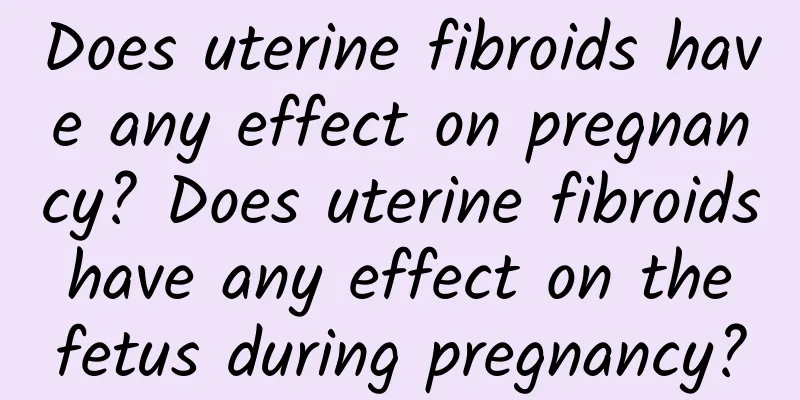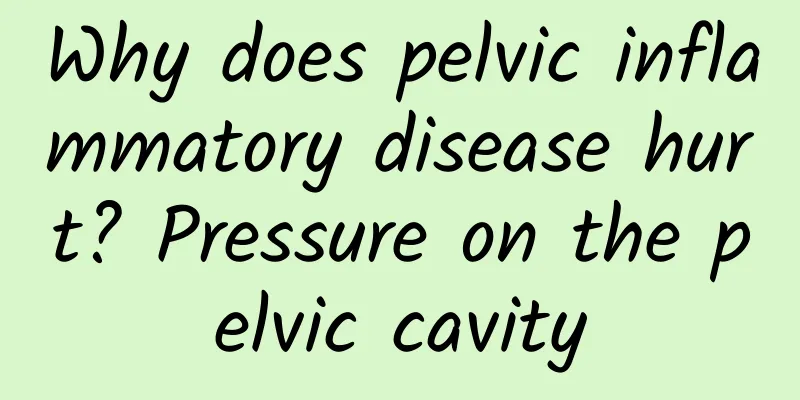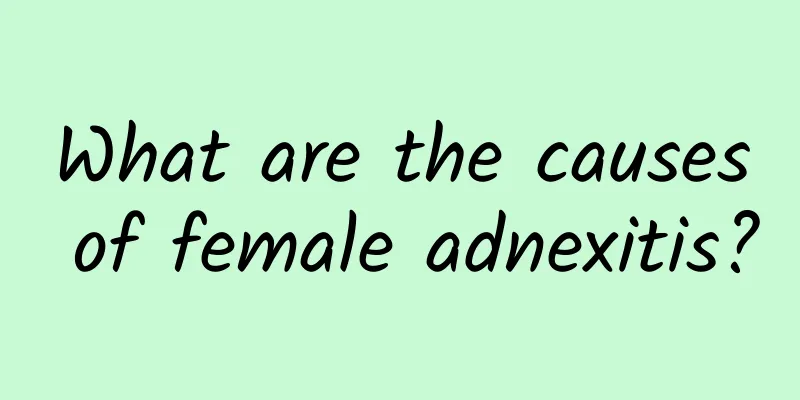4 consultations made uterine fibroids completely disappear

|
Ye Zi has been married for seven or eight years. She gave birth to her son Qiangqiang when she was 30 years old a year ago. After giving birth, Ye Zi had an IUD placed in the hospital. However, in recent months, Ye Zi's menstruation has been delayed, and it takes about 10 days each time before it stops. And after the menstruation stops, she will have symptoms such as lower abdominal pain, heavy and yellow leucorrhea, etc. Ye Zi took some time to go to the hospital for a checkup. After a B-ultrasound examination, a 1.0 cm fibroid was found in the myometrium of the anterior wall of Ye Zi's uterus, and she was diagnosed with uterine fibroids. To be on the safe side, Ye Zi chose traditional Chinese medicine for treatment. Traditional Chinese medicine diagnosed Ye Zi as suffering from kidney deficiency, blood stasis, dampness and heat, and made a diagnosis of prolonged menstruation and symptomatic masses. The doctor prescribed a prescription for Ye Zi based on the principles of tonifying the kidney, activating blood circulation, and clearing dampness and heat. Prescription composition: raw astragalus, peony bark, processed atractylodes, phellodendron, Euryale ferox, stir-fried red and white peony root, purslane, raw cyperus, charred hawthorn, Chinese toon bark, cuttlefish bone, white-haired vine, poria, Scrophularia, and elephant fritillaria. Decoction in water, 1 dose per day, 7 doses in total. During the second visit, ultrasound showed that the uterine fibroids had shrunk but not significantly. The doctor adjusted the prescription as follows: raw astragalus, processed atractylodes, phellodendron, Chinese yam, stir-fried psoralea, purslane, raw cyperus, charred hawthorn, seaweed, three-edged lanceolate, zedoaria, Chinese toon bark, cuttlefish bone, red vine, patrinia, coix seed, pig poria, cat's claw, lobelia. Decoction, 1 dose per day, 7 doses in total. At the third visit, she was just about to have her menstrual period. After treatment, her menstrual flow increased, but she had right lower abdominal pain. The doctor adjusted the prescription to: raw astragalus, Pseudostellariae Radix, processed Atractylodes macrocephala, Phellodendron chinense, Paeonia lactiflora, stir-fried red and white peony root, red vine, Patrinia scabra, Rubia cordifolia charcoal, cuttlefish bone, Prunella vulgaris, roasted turtle shell, Scrophularia charcoal, Elephant Fritillaria, Purslane, raw Cyperus rotundus, charred hawthorn, seaweed. Decoction, 1 dose per day, 7 doses in total. Ye Zi's fourth visit was after her second menstruation ended. After four courses of treatment, her menstrual flow increased significantly, and her menstruation ended within 7 days. B-ultrasound examination showed no obvious abnormality in the uterine appendages. The uterine fibroids had disappeared. |
<<: Taking Chinese medicine for 4 months, uterine fibroids shrank by half
>>: Treating uterine fibroids with Yiqi Xiaoyu
Recommend
What causes pelvic peritonitis?
Pelvic peritonitis is a type of gynecological inf...
What does a full gynecological examination include?
The prevalence of gynecological diseases is now s...
I went in for abortion 10 days ago, so it won't have much impact.
In clinical practice, abortion is called artifici...
What are the advantages of laparoscopic treatment of ectopic pregnancy
There are many surgical methods for treating ecto...
What should I do if I have sex after an abortion? Things to note when having sex after an abortion
Everyone should know that after an abortion , the...
Should fruit be eaten before or after meals? Nutritionists recommend eating this way to get the best value for money
Some people say that eating fruit before meals ca...
Dietary principles for menopause
During menopause, you need to pay attention to so...
Symptoms of severe cervical erosion
Cervical erosion is not an independent disease, b...
What causes cervical erosion and what are the hazards
Cervical erosion is a common gynecological phenom...
How much does it cost to induce abortion?
How much does it cost to induce labor? This is a ...
5 kinds of food to speed up leg slimming
A health survey in Singapore pointed out that lon...
Strengthening inspections of pesticide residues in fruits and vegetables has won support from industry players
According to data, the rate of unqualified pestic...
What is the reason for delayed menstruation? Pay more attention to these 8 things for irregular menstruation
Many women have irregular menstruation problems, ...
Drinking tea before effective weight loss exercise can improve fat metabolism
The mermaid line and vest line trend is popular, ...
Analysis of common methods of treating cervicitis
Cervicitis is a common gynecological disease that...









